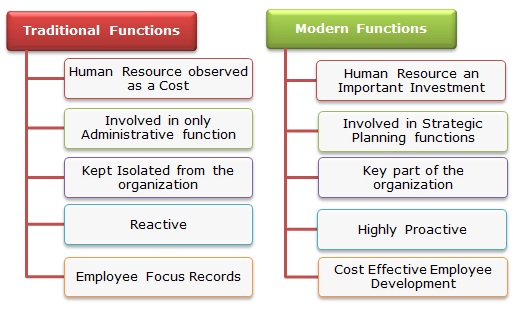Prior to 1900 when Human Resource Management as a specialized function did not exist all hiring, training and salary decisions were taken by individual managers/supervisors. If employees were not satisfied with the conditions they used to form unions and go on a strike to have their demands met.
As organizations started to grow and expand many managerial functions like production, marketing and personnel began to expand and came under the purview of specialists. The growth of organizations also led to the establishment of the first personnel departments about 1910. Work by individuals such as Frank and Lillian Gilbreth dealt with task design and efficiency.
HRM practices emerged during the industrial revolution in the 18th century when factories employed a large number of people to operate machines. Recruitment, payment and training became specialized activities, which required specialized people to do them for the organizations.
Since then, the HRM function has evolved both in its functions, roles and even in terminologies. For example:
- Personnel administration
- Manpower management
- Personnel management
- Human resource management
- Strategic human resource management
This change in terminologies is a reflection of the paradigm shifts in business life.
“A paradigm refers to a particular way of thinking about, seeing and doing things”
Human resource gained more attention as the workforce considered to be an important resource to gain competitive advantage of organization and also it helpful in utilizing the resources of an organization to a optimum extent in order to achieve organizational goal.
Change in roles in HR
